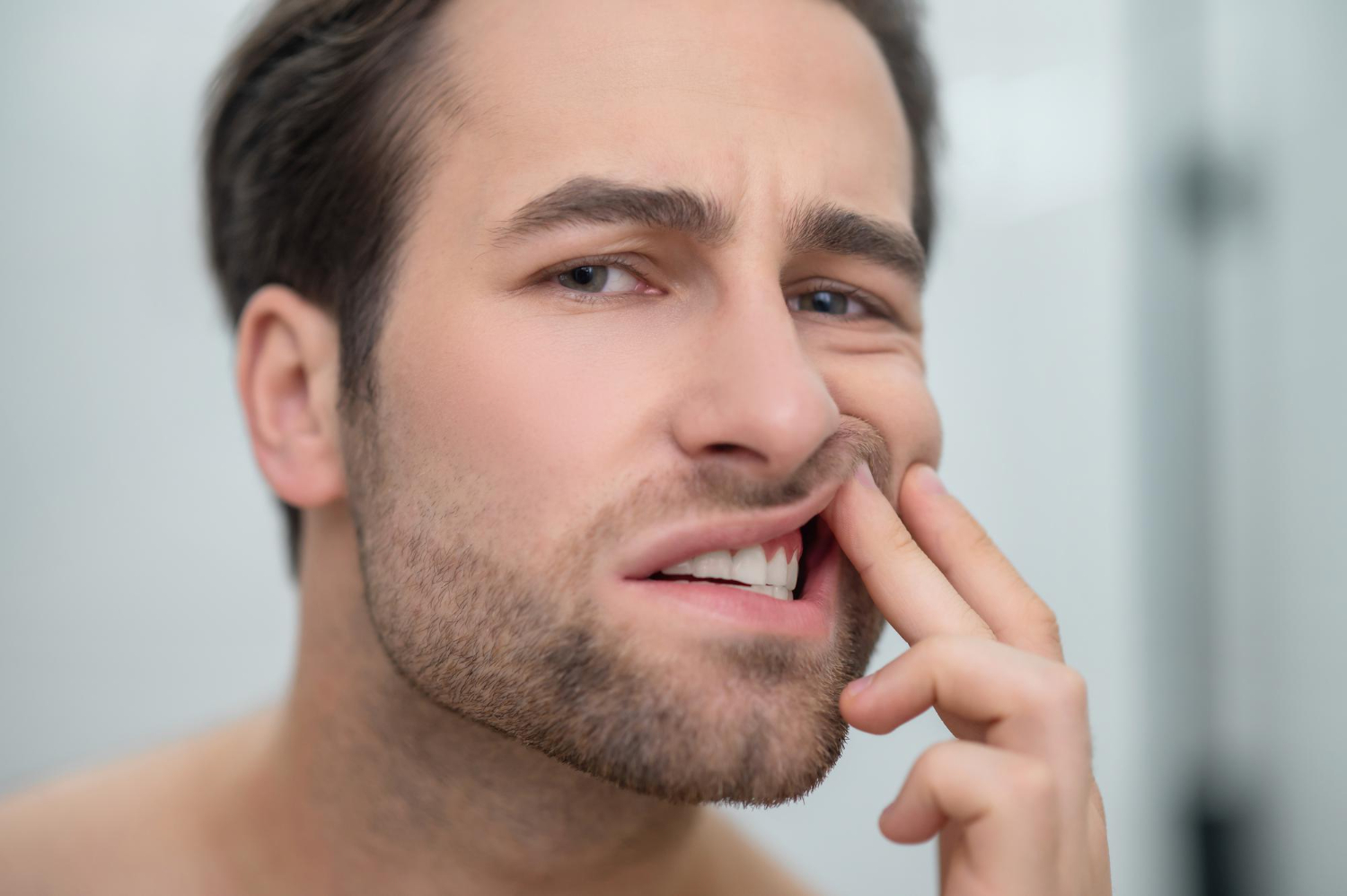
In this article
Receding gums, or gingival recession, occur when the gum tissue surrounding the teeth pulls back, exposing the tooth roots. This condition is prevalent among older adults but can also affect younger individuals. Receding gums can increase bacterial growth, leading to inflammation, tooth decay, and chronic dental diseases.
Types of Receding Gums
The severity of receding gums is categorized using the Miller Classification of Marginal Tissue Recession:
- Class 1
- Description: Mild gum recession without loss of soft tissue or interdental bone.
- Characteristics: Gingiva remains attached to the facial surface of the tooth.
- Treatment Potential: Complete root coverage can be restored.
- Class 2
- Description: Similar to Class 1 but with the gingiva unattached from the facial surface.
- Treatment Potential: Complete root coverage can still be achieved.
- Class 3
- Description: Moderate recession with loss of interdental bone and soft tissue, possibly involving tooth displacement.
- Treatment Potential: Partial root coverage can be achieved; complete coverage is possible in milder cases.
- Class 4
- Description: Advanced recession with significant loss of papilla (gum tissue between teeth) and interdental bone.
- Treatment Potential: Root coverage cannot be achieved regardless of severity.
Symptoms of Receding Gums
Receding gums can present various symptoms, some of which overlap with other oral health issues. Key indicators include:
- Increased tooth sensitivity to foods, liquids, and temperatures.
- Visible tooth root exposure, making teeth appear longer.
- Tooth decay and non-carious cervical lesions (NCCLs).
- Increase in dental plaque.
Causes and Risk Factors
Several factors can contribute to receding gums, including:
- Periodontal Disease: The most common cause, resulting from poor oral hygiene leading to gum disease like gingivitis.
- Improper Brushing Habits: Brushing too hard or inadequately.
- Smoking: Contributes to gum disease and recession.
- Plaque Buildup: Leads to inflammation and gum recession.
- Other Factors: Diabetes, thin gum tissue, aggressive brushing, aging, and a weakened immune system.
Diagnosing Receding Gums
A dental check-up is essential for diagnosing receding gums. Dentists look for physical signs and may use various imaging tests, such as:
- 3D Imaging: Produces detailed, layered images to detect gum margin changes.
- High-Resolution Ultrasonography: Uses high-frequency sound waves for detailed images of gums, teeth, and bones.
- Radiography: X-rays to visualize teeth and bone structure.
- Periodontal Probe: Measures pocket depths and gum recession levels.
Treatment Options for Receding Gums
Treating receding gums is crucial for maintaining oral health, reducing harmful bacteria, and preventing further recession. Treatment options include:
- Preventative Treatment
- Techniques: Proper brushing methods, using toothpaste for sensitive teeth.
- Purpose: Control plaque and reduce enamel erosion.
- Surgical Treatment
- Connective Tissue Graft (CTG): Tissue from the roof of the mouth is grafted to the recessed area.
- Coronary Advanced Flap (CAF): Flap procedures to cover recessed gums.
- Tunneling Procedures: Lifting and undercutting the gum tissue for better coverage.
- Complementary Treatments
- Orthodontics: Correct tooth alignment and prevent further recession.
Preventing Receding Gums
Incorporate the following strategies into your daily routine to prevent receding gums:
- Brush your teeth twice daily with a soft or ultra-soft toothbrush.
- Floss once daily.
- Visit your dentist regularly for check-ups and professional cleanings.
- Avoid smoking and limit sugary foods and beverages.
Related Conditions
Receding gums are often linked to other dental conditions, such as:
- Chronic Inflammatory Periodontal Disease: Long-lasting inflammation causing gum and bone loss.
- Occlusal Trauma: Injury from excessive force, leading to misalignment and further tissue loss.
By understanding the causes, symptoms, and treatment options for receding gums, you can take proactive steps to maintain your oral health and prevent this common dental issue
A Quick Review
Receding gums, or gingival recession, expose the tooth roots due to gum tissue pulling back. This condition is common among older adults but can also affect younger individuals. Symptoms include increased tooth sensitivity and visible tooth roots. Treatments range from proper brushing techniques to surgical procedures.
FAQS
What are receding gums?
Receding gums, or gingival recession, occur when the gum tissue surrounding the teeth pulls back, exposing the tooth roots. This can lead to increased sensitivity, tooth decay, and other dental issues.
What causes receding gums?
Receding gums can be caused by periodontal disease, improper brushing techniques, smoking, plaque buildup, aging, and other factors like diabetes, thin gum tissue, and a weakened immune system.
What are the symptoms of receding gums?
Symptoms include increased tooth sensitivity, visible tooth root exposure, tooth decay, non-carious cervical lesions (NCCLs), and an increase in dental plaque
What treatments are available for receding gums?
Treatments range from preventative care, such as proper brushing techniques and using sensitive toothpaste, to surgical options like connective tissue grafts (CTG), coronary advanced flap (CAF) procedures, and tunneling procedures.
Are receding gums common in younger individuals?
While more common in older adults, receding gums can also occur in younger individuals due to factors like aggressive brushing, poor oral hygiene, and smoking.












